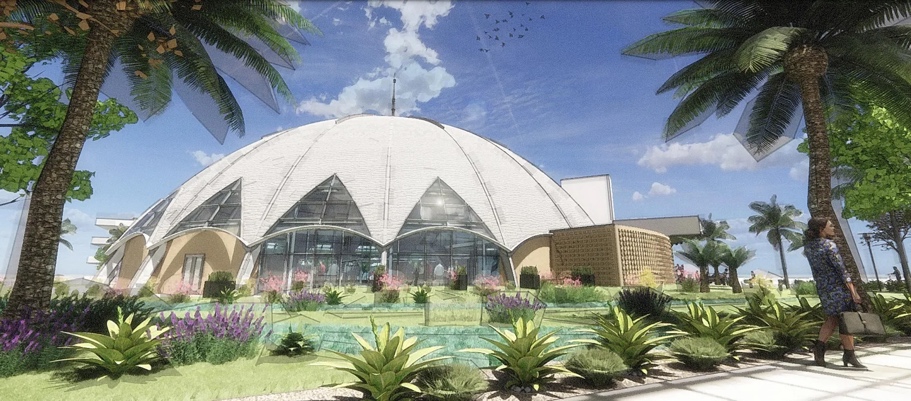Home
About Us
San José Innovation Zone Project Progress
Original Project Description
Ensuring Equitable Access to Career Development through the West San Jose Innovation Zone
Final Report
Project Status Since Last Check-in
Community Innovation Hub
Finding a Home
-
Road to Century Dome Showcase

- Interim space
-
Garnering Support
Innovation Zone
Pilot Status
- VIA Shuttle
- Ubicquia/ATT
- Fast Charging Hub
- Ring
- Lift/Bay Wheels
- Cruise
Innovation Districts Across the Nation
Innovation Related Programs
- Youth Technology
- Robotics
- Vocational Training
- Nonprofit Management and Entrepreneurship
- Small Business Administration
- Community Development Financial Institutions
- Innovation Districts
Listing of Youth Tech, Workforce and Small Business Resources
- Models
- Allies
- Resources
- National Networks
- Girls/Women
- Small Business
- Workforce
- Social Enterprise
- Technology
- Entrepreneurship
- Youth
- Robotics
San Jose Innovation Zone and Local Resources
- Opportunity Zones
- Community Development Financial Institutions
- SBA Offices
- Community Foundation Grants
- Donor Advised Fund Grants
- Nonprofit Organizations
- San José Schools
- San José Public Libraries
- Community Centers
- Boys and Girl Clubs
- VTA Routes
- Community Vital Signs
- City Council Districts
San José Community Innovation Hub
Greater Detail - San José Community Innovation Hub
San José Contacts/Discussions and Outreach
Advisory Council Development
Development of Logic Model
Development of Opportunity Atlas
From Project Description
Conduct a landscape analysis and a review of best practices: Develop an in-depth understanding of existing, planned and future efforts relating to tech innovation in San Jose and access to tech education in the area. Highlight current approaches such as similar initiatives around the country. Research best practices developed so far and map all of the public, private and community stakeholders whose interests coincide with the project’s successful outcome. Understand and map the cost-benefit analyses and data-collection necessary to help build consensus around priorities when consensus of opinion poses a challenge.
Analysis of Innovation Zone Opportunity
We took broad look at innovation efforts across the country. Starting with Innovation Districts which are predominately found in legacy manufacturing areas near anchor institutions.
Determination of Innovation Hub Components
We then looked more in depth at innovative programs focused on youth technolgy, workforce development and small business support.
Finally we put specific focus on local San José efforts and innovative programs focused on youth technolgy, workforce development and small business support. These are potential allies, partners and supporters of the San José Community Innovation Hub in the Century Dome Theatre location.
The output of this survey served as the basis to the preliminary elements of the San José Community Innovation Hub in the Century Dome Theatre location.
From Project Description
Engage and align stakeholders, identifying opportunities to harmonize existing opportunities: Establish ongoing channels of communications with stakeholders to ensure that all viewpoints are incorporated in the implementation plan which will govern the initiative’s execution. Ensure that commercial viewpoints are considered alongside community viewpoints in an equitable way that serve the best outcomes of the city as a whole, particularly underserved communities. Ensure that relevant existing initiatives are brought into the Innovation Zone implementation plan.
Roadshow
This list of potential partners developed from many of the analyses and investigations provided a basis for pilot development for the Innovation Zone and further refinement and implemention of the Innovation Hub.
Identification of Bridge to Dome Opportunities
The realization that acquiring a physical location (even temporary) was a longer-term process than anticipated a new approach was crafted. A pivot of project to engage an Advisory Council to maintain momentum for the effort beyond that term of the FUSE project.
Pivot
One of the major challenges with convening a council is what is the ask, why are we asking for participation. To enlighten this process it was posited that the developing a logic model to examine the premise of the "why" of this project.
Opportunity Atlas
While exploring the reasons for the council, one of the primary focuses was to identify gaps in service delivery to all residents. We had done a good job of developing an inventory of services, but it is difficult to see the linkages and possible linkages between programs. The Opportunity Atlas is an attempt to begin that process and a tool for an Advisory Council.

